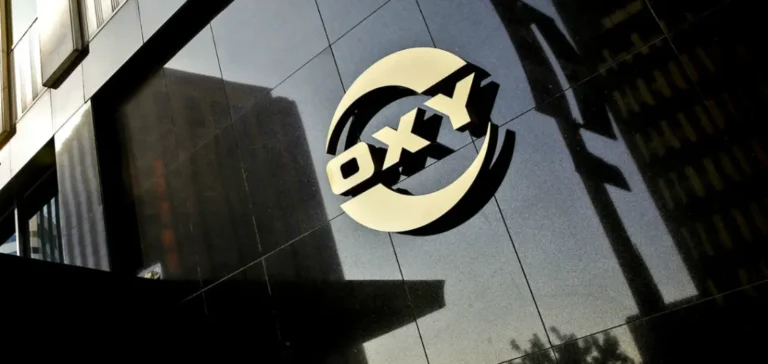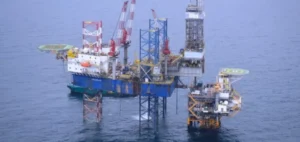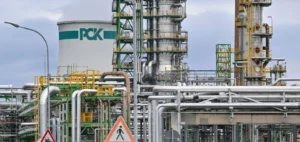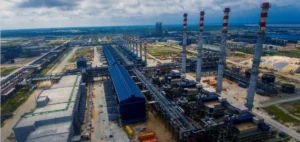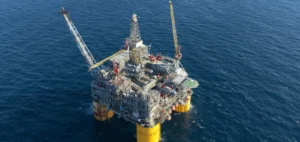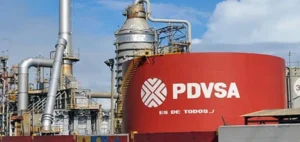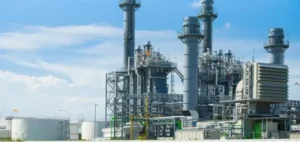Occidental Petroleum Corporation reported that its hydrocarbon production in the Gulf of Mexico was reduced during the second quarter due to several operational factors. According to a statement released by the company, these decreases are mainly the result of constraints imposed by third parties, extended maintenance operations, and delays related to the scheduling of certain works.
Volume forecasts and financial impact
The US-based oil company forecasts sales volumes from the area, now referred to as the “Gulf of America” following an executive order from the US presidency, at around 125,000 barrels of oil equivalent per day (boepd) for the past quarter. This estimate is below the previously announced range of 126,000 to 134,000 boepd. The company’s management did not specify the precise extent of losses linked to these temporary reductions, but the official communication states that the annual production target remains maintained within the range of 1.38 mn to 1.42 mn boepd.
Change in realised prices and regulatory context
Occidental Petroleum Corporation specified that the average realised price for its total oil production in the second quarter was $63.76 per barrel, compared to $71.07 per barrel in the previous quarter. This development comes as the company faces regulatory adjustments, with US President Donald Trump ordering in January that national institutions adopt the term “Gulf of America” instead of “Gulf of Mexico”.
The group has not provided further details on the impact of this new terminology on its reports or operations, but confirms that all offshore oil activities in this region remain a key part of its strategy. A spokesperson for the company said: “We continue to adapt our operational schedule to address external constraints while maintaining our annual targets” (Refinitiv reported on July 14).


